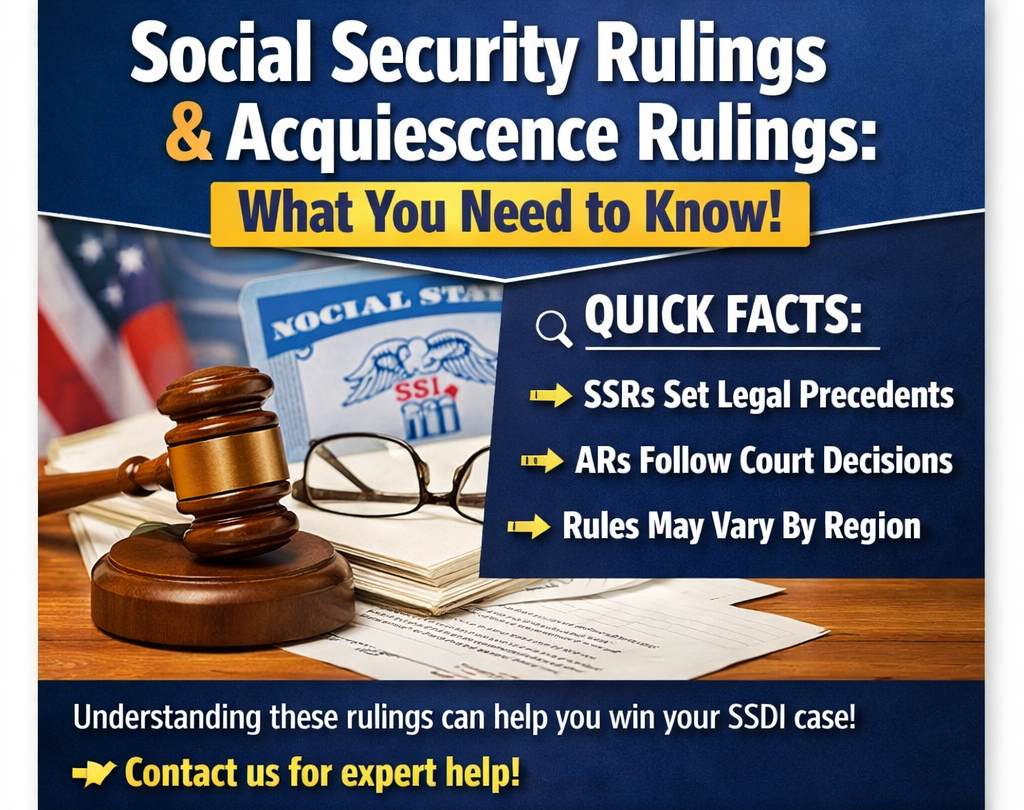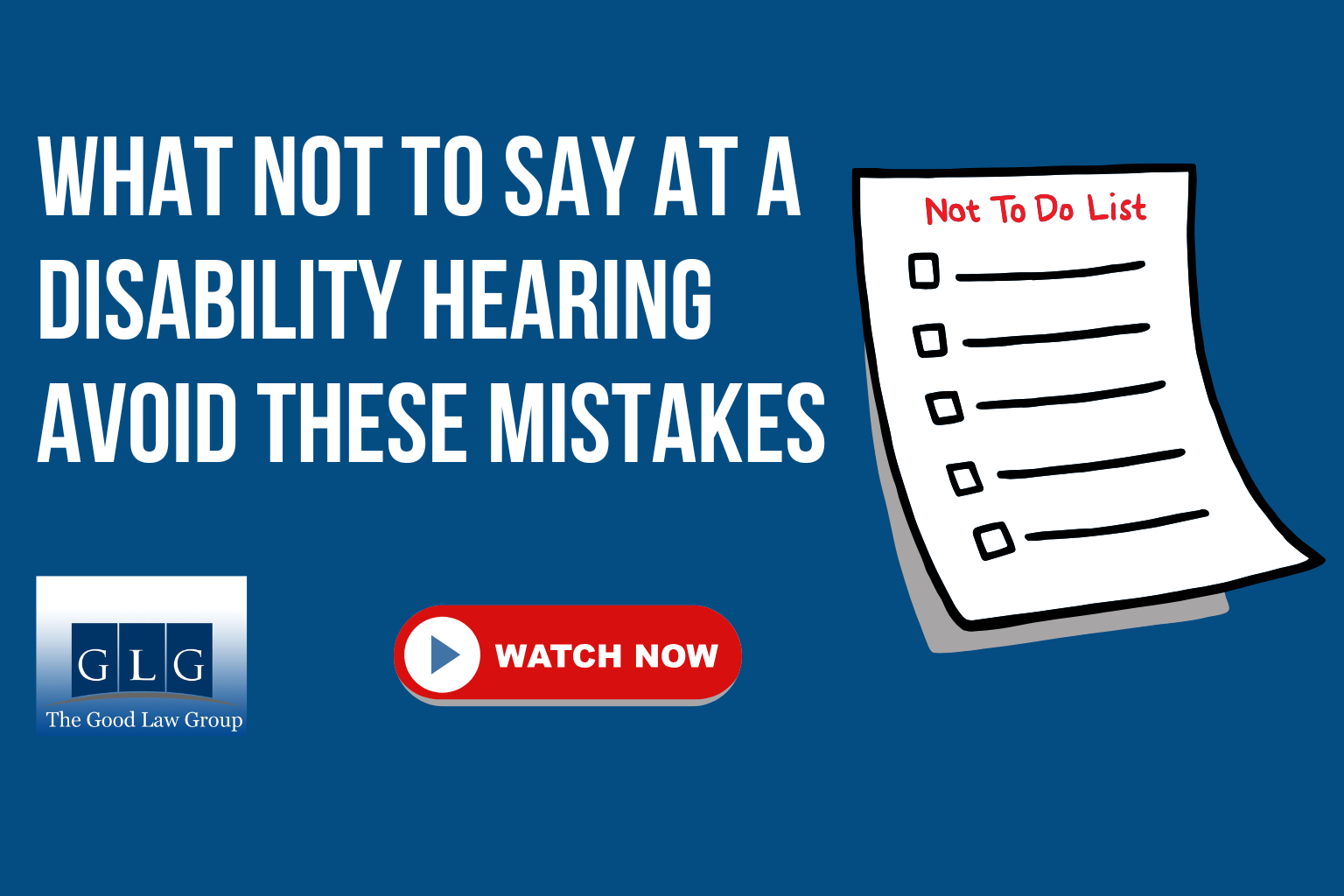Qualifying for Social Security Disability (SSD) Benefits requires – as the name implies – that you have a disability. But the Social Security Administration(SSA) has very strict and very specific criteria governing what type of disability qualifies an application for SSD benefits. Learn more about the qualifying disabilities for SSD in this post.
Qualifying Disabilities – the SSA Blue Book
The SSA “blue book” is a list of more than 100 qualifying disabling conditions that almost always result in approval of an SSD benefits application. The SSA considers these conditions so disabling that, if an applicant’s medical records prove that he meets the listed criteria for the condition, the benefits application will be approved. We say ‘almost’ because the applicant still must show that his disability interferes with his ability to participate in substantial gainful activity. It is possible, in some situations, for an applicant to meet the blue book criteria for a disability but still be able to engage in gainful employment (for 2018, gainful employment is earning more than $1,180 per month).
The SSA listings are broken down into 14 broad categories that encompass every bodily system. These categories are:
- Musculoskeletal System
- Special Senses & Speech
- Respiratory Disorders
- Cardiovascular System
- Digestive System
- Genitourinary Disorders
- Hematological Disorders
- Skin Disorders
- Endocrine Disorders
- Congenital Disorders Affecting Multiple Body Parts
- Neurological Disorders
- Mental Disorders
- Cancer
- Immune System Disorders
Each category includes a number of different medical conditions, each with its own set of criteria. An applicant’s medical records must show that his condition meets or exceeds each criterion for his benefits application to be approved.
Qualifying Disabilities – the Medical Vocational Allowance
The majority of SSD claims don’t meet the SSA blue book listings and, in fact, many applicants have medical conditions not included in the blue book at all. For these applicants, their benefits claim may be approved under the medical vocational allowance. In these cases, the applicant’s medical records must support their claim that their disabling condition or conditions are severe enough that it prevents them from gainful employment, and that the condition is expected to last more than a year.
Qualifying Disabilities for Children
The SSA maintains a separate listing of qualifying disabilities for children. The disabling conditions are the same as those for adults, with the addition of a category for Failure to Thrive and Low Birth Weight. The criteria for each condition are, for the most part, the same as for adults, but are sometimes easier to meet for children.
Children are, however ineligible for SSDI benefits; instead, a child with a qualifying disability may only receive SSI benefits, provided their income and resources, as well as the income and resources of their parents, fall below the SSA’s threshold. This is because SSDI benefits are available only to those applicants who both meet the disability criteria and have met the SSA’s work requirements. No child, even if he holds a part-time job, will have worked enough to be eligible for SSDI, regardless of the severity of his disability.
If a child doesn’t meet the SSA criteria for their disability, they can still qualify for SSI if their medical condition causes marked and severe limitations. This means that their disability causes severe limitations in their ability to perform activities of daily living.
Are you wondering if your condition(s) qualify for SSD benefits? Contact our office for a complimentary case evaluation by completing our online form or calling #(847) 577-4476.









